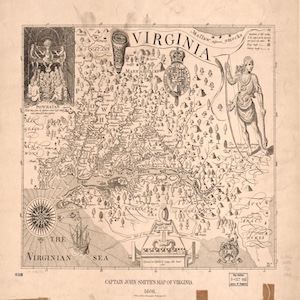Browse
North/Central America
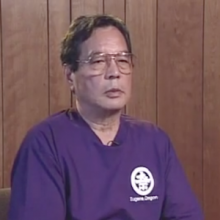
Teaching
Japanese Immigrants, Internment Camps, and American Loyalty
This source collection focuses on the interviews and stories of first and second-generation Japanese Americans internment during World War II.
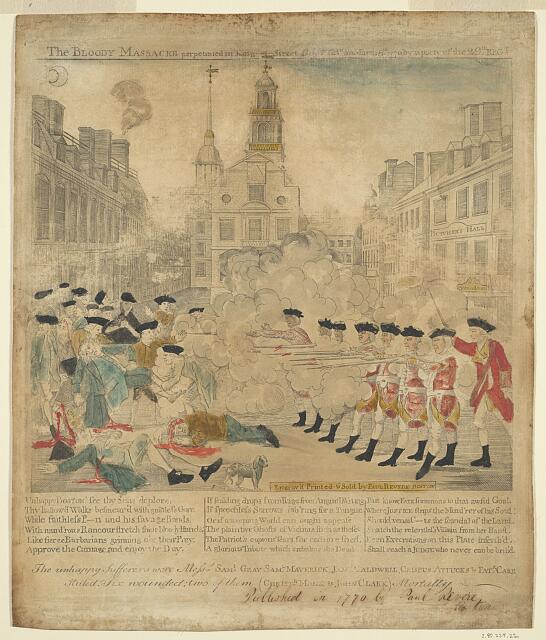
Source
The Bloody Massacre Perpetrated in King Street, Boston, March 5, 1770
The events on the night of March 5, 1770, in Boston, Massachusetts, became known as the B
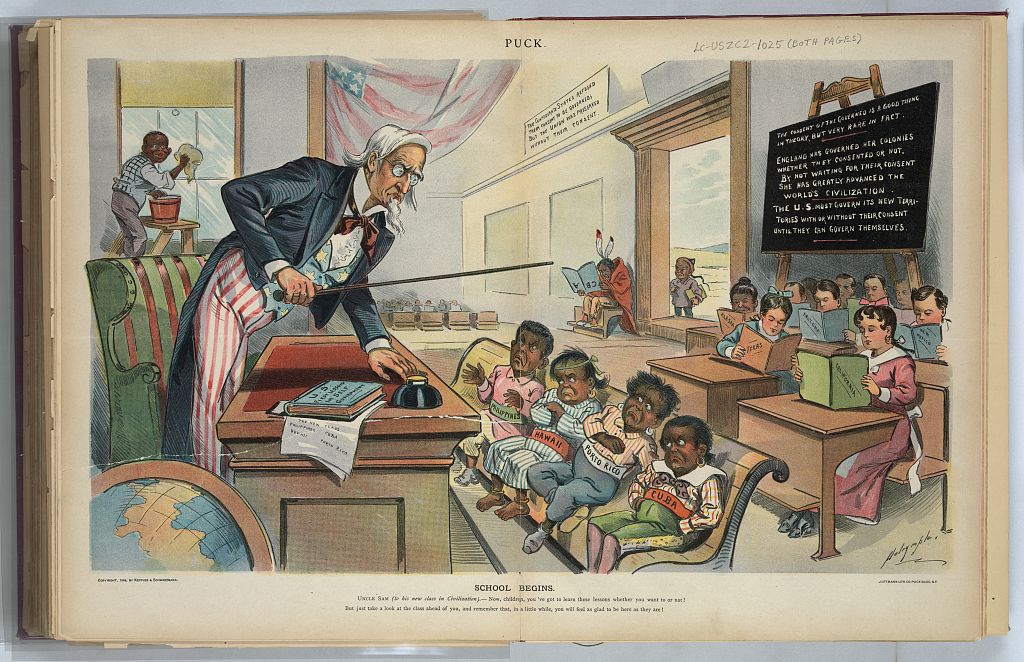
Source
School Begins
This source comes from a period sometimes deemed the Age of American Imperialism.
Teaching
Source Collection: Evolution of Rights in Saint Domingue
These six primary sources focus on the rights of free and enslaved Black people in Saint Domingue, eventually Haiti, and how they changed over time. These rights would eventually culminate in the Haitian Revolution and the Declaration of Independence of the Blacks of St. Domingo.
Teaching
Source Collection: Pennsylvania Newspapers React to Refugees from Haitian Revolution
These newspaper articles report on the influx of the white and Black refugees fleeing Haiti during the Haitian Revolution of 1791 to 1804.
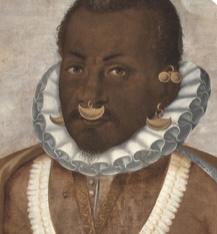
Review
Slavery, Law, & Power
This website encourages its users to dissect and reflect on how institutional slavery has shaped the Americas (with specific emphasis on the US) by examining documents from the pre-colonization to post-American Revolution.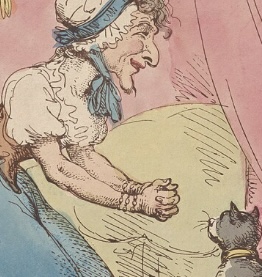
Review
Women Writers Project
This website is great for exploring the literary value that women provided through the Early Modern Period.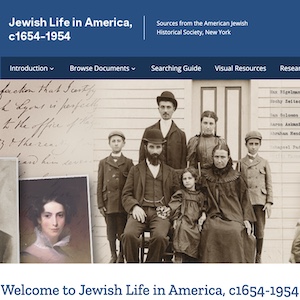
Review
